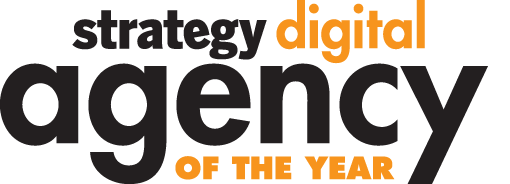Tribal deepens tech ties
THIS PAST YEAR TRIBAL WORLDWIDE'S VANCOUVER OFFICE started an interesting pilot project. Following in the footsteps of Google (which set up co-working spaces and brought in non-Google staff), the agency invited the startup Shnarped to share office space, says Marty Yaskowich, managing director, Tribal Worldwide Vancouver, over a conference call.
Shnarped is a social platform that allows fans to connect with hockey players. Though creating a social network, especially in the hockey space, may seem a bit outside the realm of a traditional agency, Yaskowich says the partnership was mutually beneficial.
Having Shnarped employees share space with creative minds meant Tribal staff could glean valuable information on the app development process from brainstorming through to methodology. In exchange, the agency helped the developers with marketing and brand positioning. Itís still too early into the pilot program for results - Shnarped launched in September - but Yaskowich is hopeful about the programís success.
It's a way for the agency to keep abreast of tech and innovation trends outside of its walls, he says, and is part of its creative arsenal (such as 10 a.m. scrums where people share and discuss cool things they spotted online) to expand its creative/tech acumens. It seems to have paid off, with Tribal topping the Digital Agency of the Year list for a second straight year. The agency also picked up major wins, including Gold, Silver and two Bronzes at Cannes, a Silver Pencil from the One Show, and the AToMiC Grand Prix win, for its "Our Food. Your Questions." work for McDonald's (which helped the QSR secure a spot on strategy's Brand of the Year list).
As more traditional agencies veer into the digital realm, boosting their offerings and moving into the space of digital pure play agencies, Tribal has had to evolve beyond just digital, says Andrew McCartney, managing director of Tribal Worldwide Toronto.
"Change is constant," he says. "New social platforms, ambient, digital OOH or interactive TV [mediums] are popping up daily. [Tribal] was born and brought up digital, [but client's aren't] coming to us and saying 'You're digital and we need new digital stuff.'"
Rather, brands are seeking strong ideas with a core consumer touchpoint, adds Yaskowich, which may just happen to come from tech. He points to the Canadian Tire catalogue as a prime example. "It's something that's been on the doorstep of Canadians for 100 years," he says. "We took it to the next generation of technology."
The agency has made a concerted effort to boost its expertise in a number of different areas, most notably in the user experience and technology groups, with the hopes of building out its mobile and analytics team in the near future, McCartney says.
Yaskowich adds it has started to change the traditional copywriter/art director structure. "Now we're including technologists and user experience specialists earlier in the [creative process]," he says. "And it's changing the dynamic of how our ideas are coming to life." He points to recent work with McDonald's, which invited consumers to tweet short-story ideas featuring one of the QSR's products. The winning ideas were then made into animated shorts. Various departments, including creative and tech, as well as the brand were involved in early discussions to help shape the campaign.
"It's more of a scrum than it is a relay (where this group passes to that group)," Yaskowich says. "If we can physically enable that as much as we can, then the end product is all the better for it."

